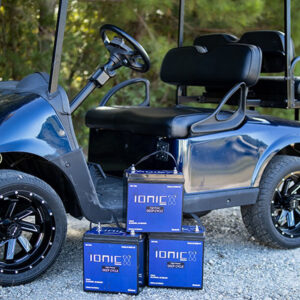
In 2023, Tips for Selecting the Top Lithium Batteries for Golf Carts
Over the past few years, an increasing number of individuals have been transitioning from lead-acid batteries to lithium batteries for their golf carts due to advancements in battery technology. The outdated lead-acid batteries simply can’t match the capabilities of the new lithium batteries.
Although it is widely acknowledged that lithium batteries are superior in nearly every aspect, it can be challenging to determine the ideal features to seek while purchasing one. This guide will discuss the advantages of utilizing lithium batteries and the factors to consider when purchasing them. Additionally, we will highlight some of the top lithium batteries currently offered on the market.



